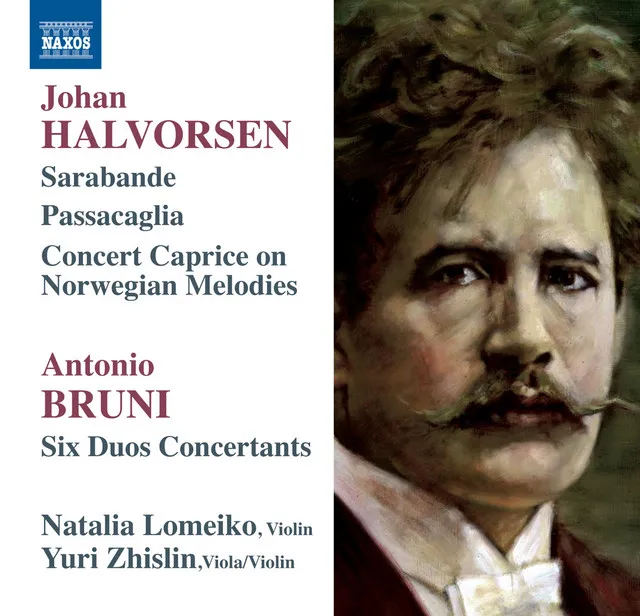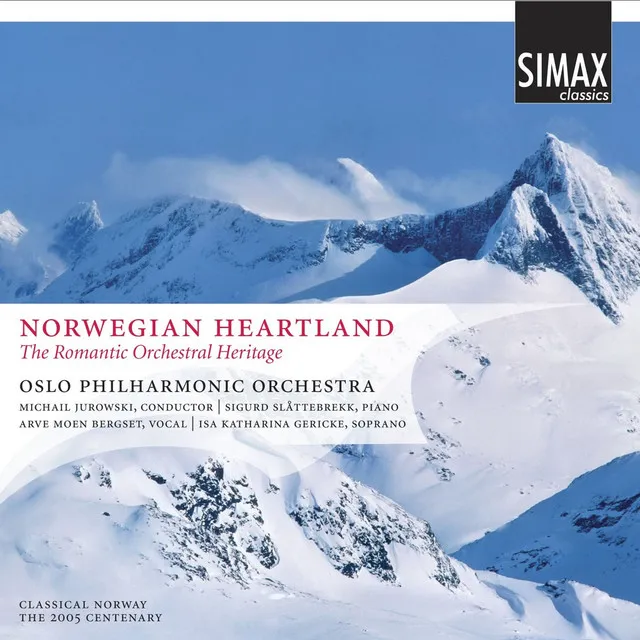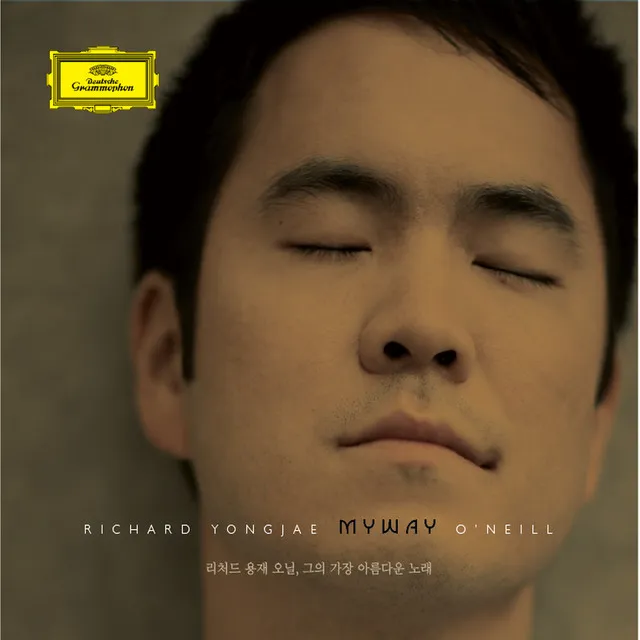Johan Halvorsen was among the most prominent Norwegian composers in the generation following Edvard Grieg, and may well have been the most important figure of his time associated with the theater, both as composer and conductor. Halvorsen started his concert career as a violinist, but soon turned to conducting. He led countless performances both in the realm of theater and opera, and as a composer he wrote over 30 scores to accompany plays, most of which, unfortunately, are languishing in total obscurity today. But he wrote much other orchestral music, including three symphonies and the two Norwegian Rhapsodies, compositions cited by his admirers as among his greatest works. His best-known works are The Entry March of the Boyars (1893), for orchestra; "Bergensiana," Rococo Variations (1921), for orchestra; and the Passacaglia and Sarabande, with Variations in G minor after Handel (1894), for violin and viola/cello. While his reputation is still overshadowed by that of Grieg (ironically, he orchestrated some of Grieg's piano pieces), Halvorsen's stock has been on the rise since the late twentieth century, as recordings of his works have become more widely available.
Johan Halvorsen was born in Drammen, Norway, on March 15, 1864. He studied music in Oslo (then known as Kristiania) and in Stockholm, where his violin teacher was Jakob Lindberg. Later on he took instruction on violin from Adolph Brodsky in Leipzig. From the age of 15, Halvorsen played in theater and opera orchestras. He became the concertmaster for the Bergen Philharmonic Orchestra in the 1885-1886 season, and served in the same first-chair post in Aberdeen, Scotland (1888-1889).
In 1889 he relocated to Helsinki to teach music and concertize. It was here where he began to focus on composition, largely at the urging of friends, among whom was Ferruccio Busoni. Soon Halvorsen began to turn out popular orchestral works, including the aforementioned Boyars March. In 1893 he was appointed principal conductor of the Bergen Philharmonic and in 1899 chief conductor of the Kristiania National Theater.
Halvorsen held the latter post for 30 years, leading both stage and symphonic performances, often of his own works. During the latter decade of his tenure at the National Theater, Halvorsen turned to more abstract composition, producing his three symphonies (1923, 1924, and 1928, respectively) and his two Norwegian Rhapsodies (1920). Halvorsen died in Oslo on December 4, 1935.
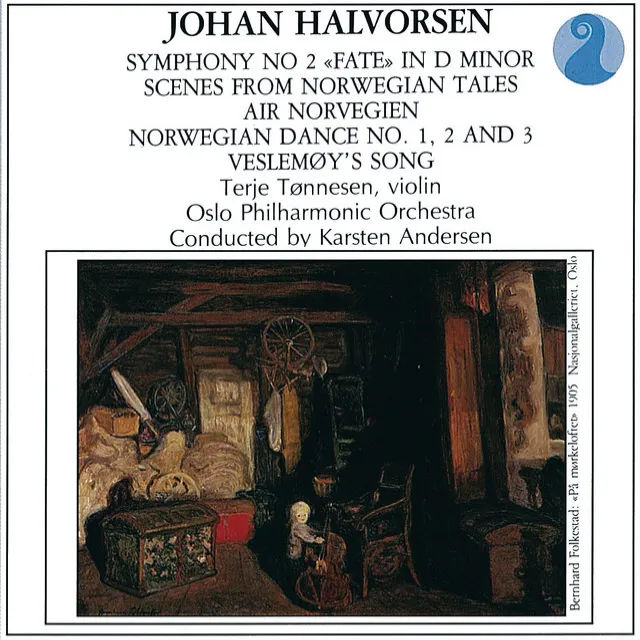
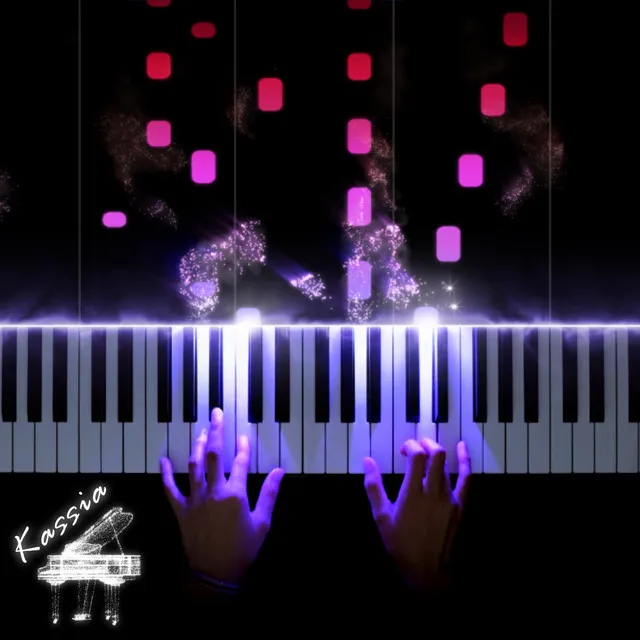
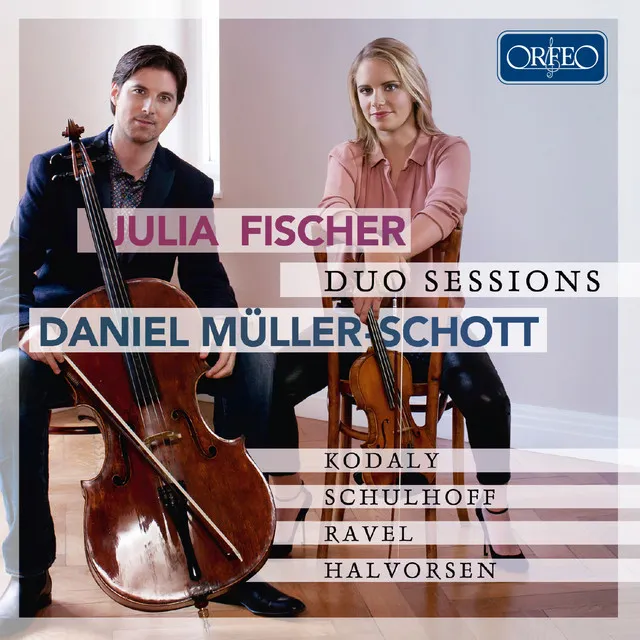
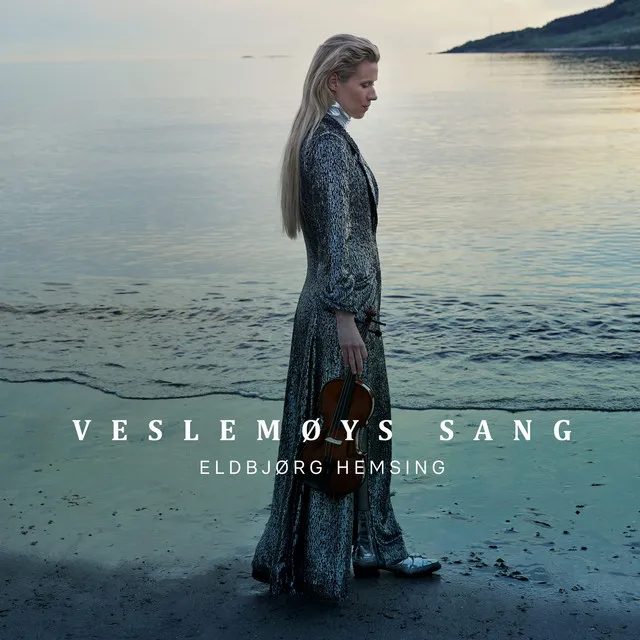


![Bojarernes intogsmarsch (Entry March of the Boyars) [arr. F. Fennell]](https://spacemedia.uk/stats/image/ab67616d0000b273fb96810aeaa746aee2e083d2)
